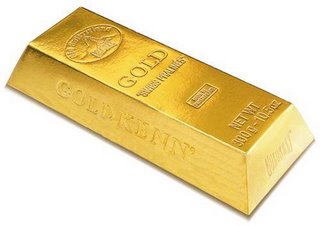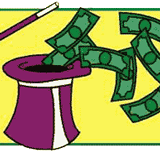

The announcement of the higher electricity tariffs would definitely strike fear in every consumer.
As if the rise in the petrol prices are not enough, now the consumers (especially the lower income group) will be feeling the pinch as far as their lifestyle is concerned.
The announcement did not come as a surprise as the Cabinet had deliberated on the matter for quite a while now.
Was wondering, what's next in the queue:
1) Water rates
2) Toll rates
3) Water treatment rates
4) Telephone bills
5) Business licenses
6) Other taxes
Further Increases in Costs of Production
The rise in these 'utilities' lead to an increase in the cost of production, the rise might shift the supply curve to the left, culminating in an increase in the market(equilibrium) prices of goods and services in the country.
As our nominal/money wages remain constant( or negligible increase in money wages), the households' purchasing power is deteriorating gradually.
Any chance of reversing this scenario?
The government's reaction/advice/pacification:
To have a smaller electricity bill, people should learn how to conserve energy and cut down the usage by minimising wastage.
“The new tariff structure encourages consumers to conserve energy instead of using electricity as if there is no tomorrow,” he said, giving an example that consumers need not set their air-conditioner at 16°C and that 24°C was good enough.
Each time there is an increase in prices of anything, this familiar quote will surface
"Even with the 12% tariff increase, he said, Malaysia still had the cheapest electricity in the region with the exception of Indonesia."
Does this sound familiar??? Hahahaha
My point is:
Well, the issue is ..should the 'wastage-reduction' mentality fall squarely on the shoulders on the people?
or shouldn't it be a responsibility of each and every person in the country, not just the households, as wastages can come in many 'forms'.
The Star reported:
http://www.thestar.com.my/news/story.asp?file=/2006/5/25/nation/14343755&sec=nation&focus=1

















